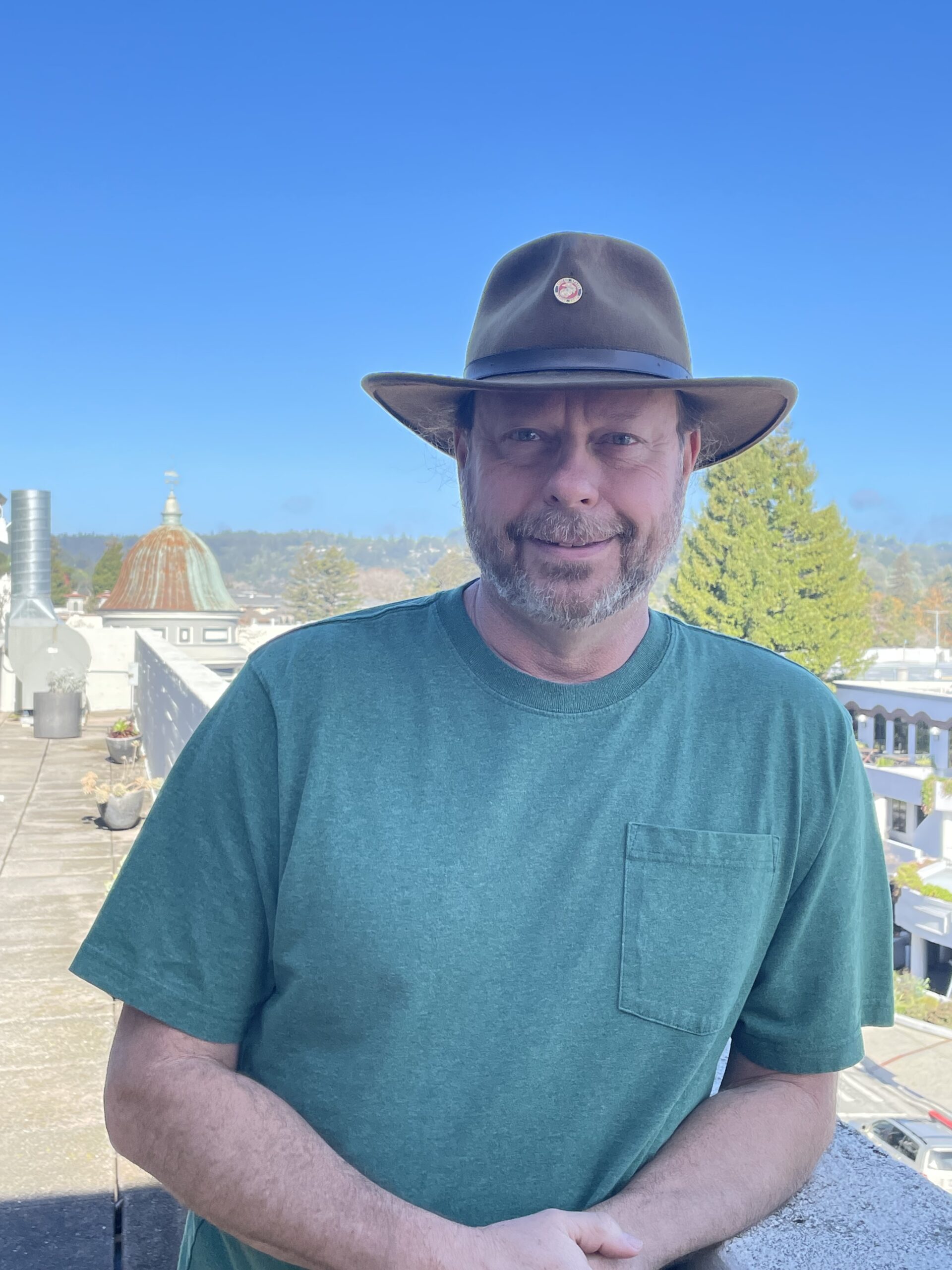Join SCAS for a presentation by John Schlagheck (Dudek) on: “Stoneware of the Baja California Manilla Galleon.”
NOTE: This is a hybrid speaker event (in-person & streamed online via Zoom). We invite you to join us in-person at the Resource Center for Nonviolence, 612 Ocean Street, Santa Cruz, CA 95060, or via Zoom (see below for Zoom registration form)!
DATE: Thursday, February 8, 2024
TIME: 7:30 – 8:30 PM (Pacific)
***RSVP for Zoom by 6:30 PM on Thursday, February 8, 2024 *** Or show up to the Resource Center for Nonviolence by 7:30 to join us in-person!
PLEASE CLICK BELOW FOR THE ZOOM REGISTRATION FORM:
Once you have registered for the event using this form, a link and instructions for joining the virtual event via Zoom will be sent to that email address approximately 1 hour before the event starts.
 Stoneware is a broad category of pottery that, like porcelain, is manufactured using a high-temperature firing process that produces a non-porous surface. Unlike porcelain, which is made from especially pure clay and crushed stone, stoneware can be made from lesser clays containing a variety of minerals and other impurities that impart a characteristic rugged texture, a wide range of color, and high durability. As European interest in Asian products increased through the early Modern Period (1150–1650), new strategies for world trade emerged, such as the Spanish Manila galleon trade system (1565-1815) between Mexico and the Philippines. As Aian products began to move around the world Asian stoneware storage jars came with them. A study of stoneware fragments from the Baja California Manila galleon wreck site is an opportunity for gaining knowledge about the contents of what was likely a late sixteenth century eastward bound Spanish galleon at the very brink of a revolution in global commerce. This talk will describe the main types of stoneware jar fragments found at the Baja California wreck site, comparisons with other stoneware jar assemblages of known provenience, and how the stoneware assemblage from the wreck site supports the hypothesis that the wreck dates to the late sixteenth century, and thus, is likely associated with one of two Manila Galleons lost without a trace: the San Juanillo, lost in 1578, and the San Juan, lost in 1586.
Stoneware is a broad category of pottery that, like porcelain, is manufactured using a high-temperature firing process that produces a non-porous surface. Unlike porcelain, which is made from especially pure clay and crushed stone, stoneware can be made from lesser clays containing a variety of minerals and other impurities that impart a characteristic rugged texture, a wide range of color, and high durability. As European interest in Asian products increased through the early Modern Period (1150–1650), new strategies for world trade emerged, such as the Spanish Manila galleon trade system (1565-1815) between Mexico and the Philippines. As Aian products began to move around the world Asian stoneware storage jars came with them. A study of stoneware fragments from the Baja California Manila galleon wreck site is an opportunity for gaining knowledge about the contents of what was likely a late sixteenth century eastward bound Spanish galleon at the very brink of a revolution in global commerce. This talk will describe the main types of stoneware jar fragments found at the Baja California wreck site, comparisons with other stoneware jar assemblages of known provenience, and how the stoneware assemblage from the wreck site supports the hypothesis that the wreck dates to the late sixteenth century, and thus, is likely associated with one of two Manila Galleons lost without a trace: the San Juanillo, lost in 1578, and the San Juan, lost in 1586.
 John is an archaeologist and project manager for Dudek, working out of the company’s Santa Cruz office. He joined the American team for five expeditions to the Baja California Manila galleon wreck site and became the lead analyst for the site’s stoneware assemblage. That stoneware analysis was included as a chapter in the recently publish volume The Archaeology of Manila Galleons in the American Continent (Springer Briefs in Archaeology 2021; edited by Scott S. Williams and Roberto Junco). John graduated from the Cabrillo College Archaeological Technology program in 2011 before studying under Dr. Marco Meniketti at San José State University (M.A . 2013 Applied Anthropology). John is part of a small but growing group of Dudek staffers working to increase the company’s presence in the subfield of underwater archaeology and was project manager for Dudek’s 2020 underwater cultural resources survey of the Santa Cruz Municipal Wharf.
John is an archaeologist and project manager for Dudek, working out of the company’s Santa Cruz office. He joined the American team for five expeditions to the Baja California Manila galleon wreck site and became the lead analyst for the site’s stoneware assemblage. That stoneware analysis was included as a chapter in the recently publish volume The Archaeology of Manila Galleons in the American Continent (Springer Briefs in Archaeology 2021; edited by Scott S. Williams and Roberto Junco). John graduated from the Cabrillo College Archaeological Technology program in 2011 before studying under Dr. Marco Meniketti at San José State University (M.A . 2013 Applied Anthropology). John is part of a small but growing group of Dudek staffers working to increase the company’s presence in the subfield of underwater archaeology and was project manager for Dudek’s 2020 underwater cultural resources survey of the Santa Cruz Municipal Wharf.


